The Capital Stack
Silver Lake Hills
We made the difficult decision to terminate our purchase agreement on Silver Lake Hills. This deal would have been monumental for our platform as we look to scale up to larger projects.
Here’s Why We Terminated
- Our loan proceeds hinged on the Property’s Debt Service Coverage Ratio (DSCR), as assessed by the appraiser. Initially, we anticipated approximately $29 million in total loan proceeds.
- The lender based their calculations on a Net Operating Income (NOI) of approximately $2,690,000. When we first secured the deal, this supported a loan of around $30.5 million at a 5.8% interest rate.
- We tried to move as fast as possible through DD to get to a point where we could lock our rate, but unfortunately, the treasury moved faster.
- When our due diligence period concluded, the interest rate would have been 6.4%, and we still faced uncertainty regarding potential further increases by the Treasury. This would have meant $500,000 of earnest money going nonrefundable, with considerable uncertainty surrounding our final loan proceeds.
Looking back we made the right decision. At the time, the uncertainty surrounding interest rates and their impact on our loan proceeds posed substantial risks. Considering today’s Treasury rate at 4.78%, our rate would have surged to 6.88%, and the maximum loan amount would have reduced to approximately $27.3 million. Consequently, we would have had to inject an additional $2.1 million in equity.
Furthermore, the shift from the initially projected 5.8% rate to the eventual 6.88% rate translates to an extra $294,840 in annual debt service. With rates at the time of the agreement, this $294,800 would have gone to our investors, and now it would be going to the bank as interest payments.
In hindsight, the timing couldn’t have been less favorable. During the first half of 2023, the Treasury rate remained consistently below 3.7%. However, just as we secured the deal in late June, it increased rapidly, profoundly impacting not only this specific deal but also numerous others in the market. It’s clear that pricing is primarily a reflection of prevailing interest rates.
It’s painful to take the voluntary kick in the teeth and wipe out all of the time, effort, and money, that went into getting to that point in the deal. Nevertheless, we remain optimistic about the future, knowing that more opportunities will come our way. Our top priority is safeguarding investor capital, so it wouldn’t have been right to close a deal that no longer matched our investment profile. Multifamily investing is designed to be a low-risk endeavor, and we are committed to upholding these principles for the long haul.
Major Market News
Loan Modifications Totaling $4B
In a recent article from The Real Deal, it was reported that the second quarter of this year saw a substantial increase in the modification of Collateralized Loan Obligations (CLOs), totaling over $4 billion. Typically, CLOs are associated with financing arrangements for properties undergoing renovations or those in the leasing phase after construction. This surge in loan modifications reflects a strategy employed by borrowers to navigate challenging financial situations when refinancing may not be a viable option. By modifying and extending these loans, borrowers aim to mitigate the risk of financial distress and potential loan defaults, offering them a lifeline during uncertain economic conditions. This approach underscores the importance of adaptability in the real estate and lending sectors, especially in times of economic uncertainty.
Source: TheRealDeal. (2023, Aug,31) Collateralized loan obligation modifications quadrupled in the second quarter. https://therealdeal.com/national/2023/08/31/collateralized-loan-obligation-balloon-in-second-quarter/balloon-in-second-quarter/
Tips and Tricks
Terms-
DSCR- Debt Service Coverage Ratio (DSCR) is a crucial financial metric used to evaluate the property’s ability to generate enough rental income to cover its mortgage payments. Multifamily properties, like apartment buildings, often rely on rental income to service their debt.
Here’s how it works: The DSCR is calculated by dividing the property’s net operating income (NOI), which includes rental income and other revenue minus operating expenses, by the annual mortgage payments (principal and interest).
For example, if a multifamily property generates an NOI of $200,000 per year and has annual mortgage payments of $150,000, the DSCR would be 1.33 (200,000 / 150,000). This means that the property’s rental income is 1.33 times greater than the required mortgage payments, indicating that it has a comfortable financial cushion to cover its debt obligations.
Lenders often look for a DSCR above 1.2 to 1.25 to ensure that the property can generate sufficient income to meet its debt obligations, providing a level of safety for the loan. A higher DSCR is more favorable, as it suggests greater financial stability and a lower risk of default for multifamily property investments.

